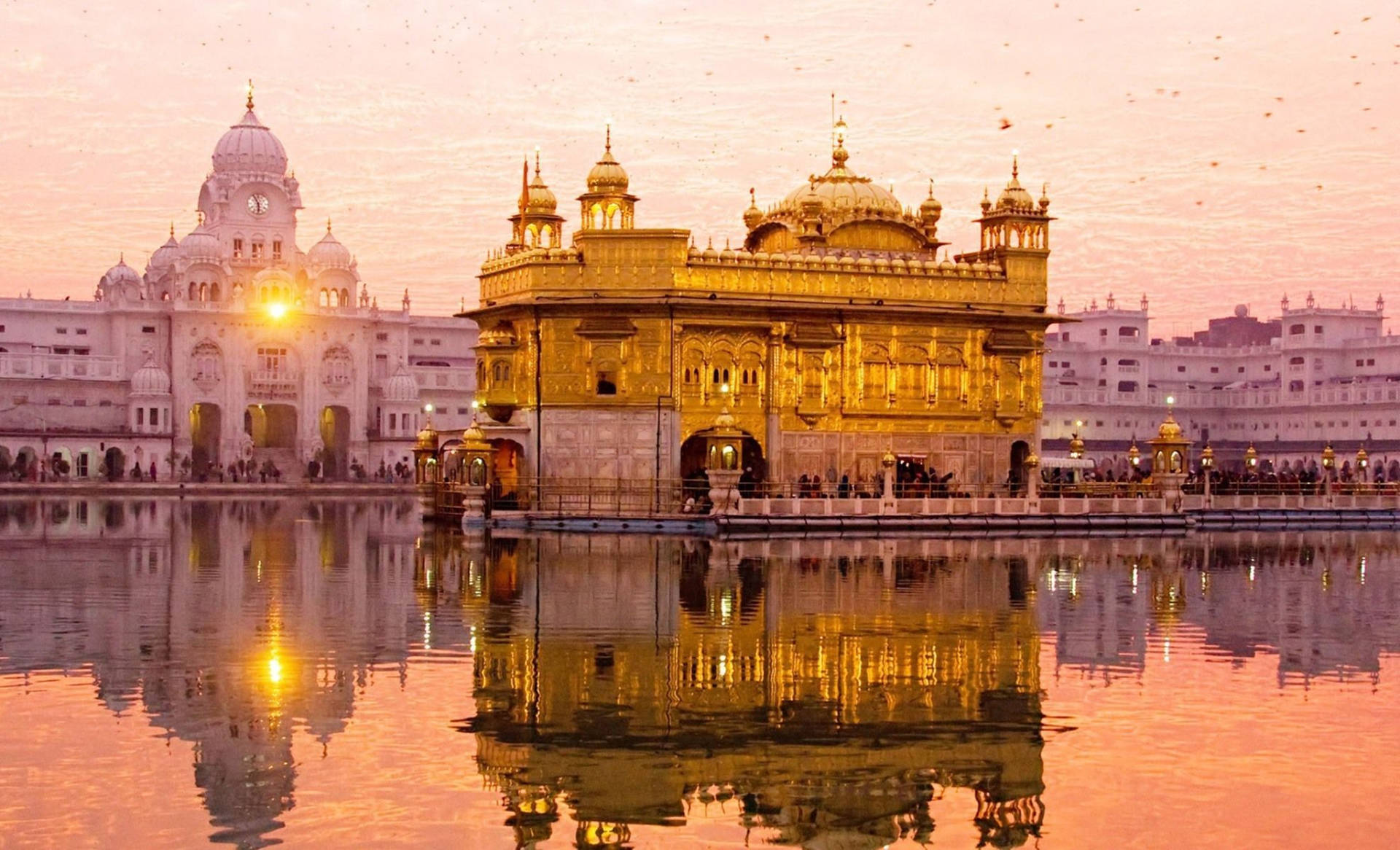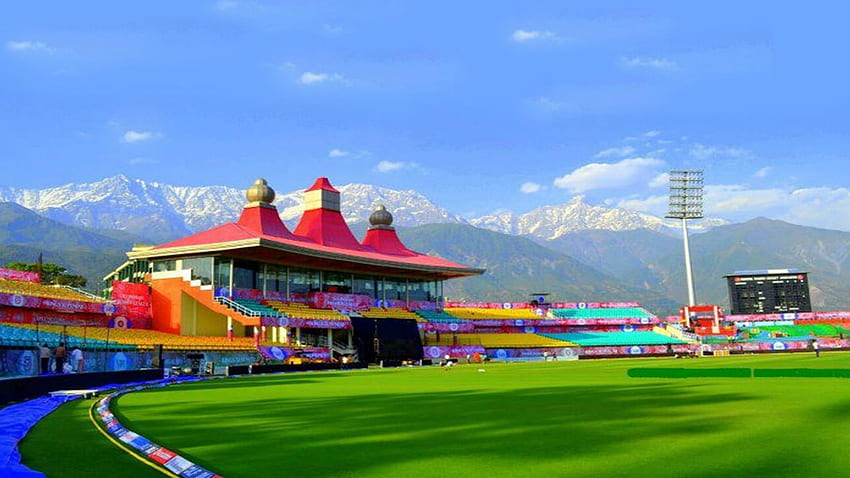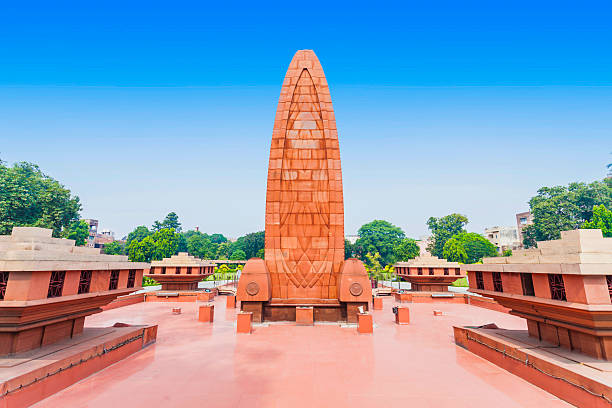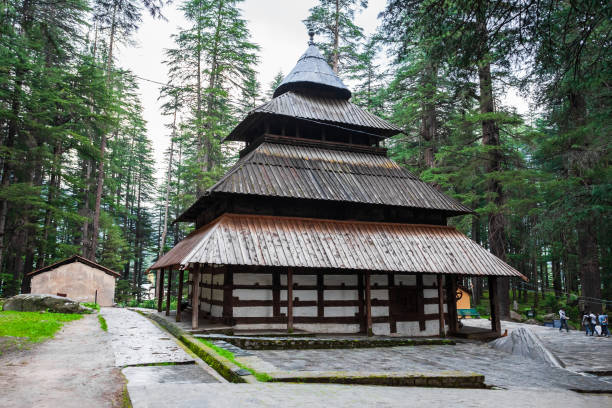Himachal Pradesh



14 Day 13 Night
Day 1:Bhuj-Delhi by train(1193km)(21hrs)
Day 2:Delhi-Amritsar by train(465km)(9hrs)
Day 3:Amritsar arrival .Amritsar city tour by rickshaw.
Golden temple: The man-made pool on the site of the temple was completed by the fourth Sikh Guru, Guru Ram Das, in 1577.[6][7] In 1604, Guru Arjan, the fifth Sikh Guru, placed a copy of the Adi Granth in the Golden Temple and was a prominent figure in its development.[3][8] The gurdwara was repeatedly rebuilt by the Sikhs after it became a target of persecution and was destroyed several times by the Mughal and invading Afghan armies.[3][5][9] Maharaja Ranjit Singh, after founding the Sikh Empire, rebuilt it in marble and copper in 1809, and overlaid the sanctum with gold leaf in 1830. This has led to the name the Golden Temple.
Jallianvala bagh: The Jallianwala (also spelled Jallianwalla) Bagh massacre, also known as the Amritsar massacre, took place on 13 April 1919. A large, peaceful crowd had gathered at the Jallianwala Bagh in Amritsar, Punjab, British India, during annual Baishakhi fair, to protest against the Rowlatt Act and the arrest of pro-independence activists Dr. Saifuddin Kitchlew and Dr. Satya Pal. In response to the public gathering, the temporary brigadier general R. E. H. Dyer, surrounded the people with his Gurkha and Sikh infantry regiments of the British Indian Army.[7] The Jallianwala Bagh could only be exited on one side, as its other three sides were enclosed by buildings. After blocking the exit with his troops, he ordered them to shoot at the crowd, continuing to fire even as the protestors tried to flee. The troops kept on firing until their ammunition was exhausted.[8] Estimates of those killed vary from 379 to 1,500 or more people[1] and over 1,200 other people were injured of whom 192 were seriously injured.[9][10] Britain has never formally apologised for the massacre but expressed "deep regret" in 2019.
Day 4:Amritsar-Dalhousie by tampo travels.
Dalhousie: Dalhousie (Hindi pronunciation: [ɖəlɦɔːziː]) is a hill station, near town of Chamba in Chamba district in the Indian state of Himachal Pradesh. It is situated on five hills and has an elevation of 1,970 m (6,460 ft) above sea level..
Day 5:Dalhousie-khajjiar-Dalhousie
Khajjiar: Khajjiar is a hill station, near the town of Chamba in Chamba district, Himachal Pradesh, India, located approximately 24 kilometres (15 mi) from Dalhousie. It lies on a small plateau with a small stream-fed lake in the middle. The hill station is surrounded by meadows and forests. It is about 2,000 metres (6,500 ft) above sea level in the foothills of the Dhauladhar ranges of the Western Himalayas.It is part of the Kalatop Khajiar Sanctuary.
Day 6:Dalhousie-Dharamshala
Dharamshala city tour
Dalai lama temple: Situated in Dharamshala, Himachal Pradesh, India the Dalai Lama temple is a Buddhist temple. Replete with Tibetan culture, this temple is also known as Tsuglakhang Temple. This place is ideal for peaceful meditation and religious rumination. It has a huge Idol of Lord Buddha. It is full of lamas at all points of the day chanting on prayer wheels. The magnificent temple is in close vicinity to the abode of the Dalai Lama. And it is frequently visited by him to preach and conduct prayer meets. The temple looks majestic. It is very popular for its wonderful and well-maintained complex, beautiful setting, and famous pilgrimage site for the Buddhists. It is visited by a huge number of travelers from all over the world every year.
Dharamshala stadium: Himachal Pradesh Cricket Association Stadium (abbreviated as the HPCA Stadium) is an international cricket stadium in Dharamshala hill station of Himachal Pradesh, India.
The stadium is the home ground of Himachal Pradesh cricket team, Himachal Pradesh women's cricket team and headquarter of Himachal Pradesh Cricket Association, the governing body of cricket in Himachal Pradesh state.[3] It hosted 5 games of 2023 Cricket World Cup, including New Zealand vs India.
Day 7:Dharamshala-kullu overnight manali.
Day 8:Manali city tour
Hidimba temple: Hidimba Devi Temple, locally known as Dhungari Temple,[1] also known variously as the Hadimba Temple, is located in Manāli, a hill station in the State of Himāchal Pradesh in north India. It is an ancient cave temple dedicated to Hidimbi Devi, wife of Bhima, a figure in the Indian epic Mahābhārata. The temple is surrounded by a cedar forest called Dhungiri Van Vihar at the foot of the Himālayas. The sanctuary is built over a huge rock jutting out of the ground which was worshiped as an image of the deity. The structure was built in 1553 by Maharaja Bahadur Singh.
Buddha monestry: Very peaceful Tibetan Buddhist monastery built very close to Manali bus stand , hardly 5 minutes walk from there. Wasn't expecting too much spiritual experience in such a commercial area, but was taken aback by the feelings the monastery generated, it makes u feel so peaceful and calms you down , loved the hymns being chanted and watching buddha himself , you feel like giving yourself to the peaceful meditation. Pictures can be taken for a small fee. Don't forget to visit the small Tibetan gift shops just in the vicinity, good ones available for throwaway prices. Amazing to see the miniature dream catcher there.
Evening free(mall road visit)
Day 9:Manali-Sholangvalley
Vasisth temple: Vashisht is a small village located around 3 km from Manali across the River Beas. This beautiful village is famous for its sulphurous hot water springs and Vashisht temple, built just next to the springs. The water from this spring is believed to have great healing powers, which can cure many skin diseases and other infections. There are Turkish-style bath houses available here that contain the hot water from the springs, which are used to take bath and enjoy the warmth of the place in privacy. There are separate baths for both men and women, fitted with showers.
Atal tunnel: Atal Tunnel (also known as Rohtang Tunnel),[1] named after former Prime Minister of India, Atal Bihari Vajpayee is a highway tunnel built under the Rohtang Pass in the eastern Pir Panjal range of the Himalayas on the National Highway 3 in Himachal Pradesh, India.[1][2] At a length of 9.02 km, it is the highest highway single-tube tunnel above 10,000 feet (3,048 m) in the world.[3][4][5] With the existing Atal Tunnel and after the completion of under-construction Shinku La Tunnel, which is targeted to be completed by 2025, the new Leh-Manali Highway via Nimmu–Padum–Darcha road will become all-weather road.
Day 10:Manali-Shimla (245.2 km)
Manali is a town, near Kullu town in Kullu district in the Indian state of Himachal Pradesh.[2] It is situated in the northern end of the Kullu Valley, formed by the Beas River. The town is located in the Kullu district, approximately 270 kilometres (170 mi) north of the state capital of Shimla and 544 kilometres (338 mi) northeast of the national capital of New Delhi. With a population of 8,096 people recorded in the 2011 Indian census Manali is the beginning of an ancient trade route through Lahaul (H.P) and Ladakh, over the Karakoram Pass and onto Yarkand and Hotan in the Tarim Basin of China. Manali is a popular tourist destination in India and serves as the gateway to the Lahaul and Spiti district as well as the city of Leh in Ladakh.
Day 11:Shimla-kufri-Shimla(18+18km)
Kufri is a resort hill station in the district of Shimla, India. It is located 20 km (12 mi) from the state capital Shimla on the National Highway No. 22. On the Kufri Avenue, the main thoroughfare, boutiques and restaurants mix with Indian-style hotels and souvenir shops are to look for during a visit.
The name Kufri is derived from the word kufri meaning "lake" in the local language. The highest point in the surrounding region,[1] Kufri has a Himalayan wildlife zoo which hosts rare antelopes, felines and birds including the Himalayan monal, the state bird of Himachal Pradesh until 2007. During winter a meandering path through the potato plantations turns into a popular ski tr
Evening church road,mall road visit.
Day 12:Shimla-Kalka(85km)(3hrs)
Kalka-Delhi by train(270km)(6hrs)
3A train.
Day 13:Dehli-Bhuj(1160km)(21hrs)
Day 14:Arrival Bhuj.
